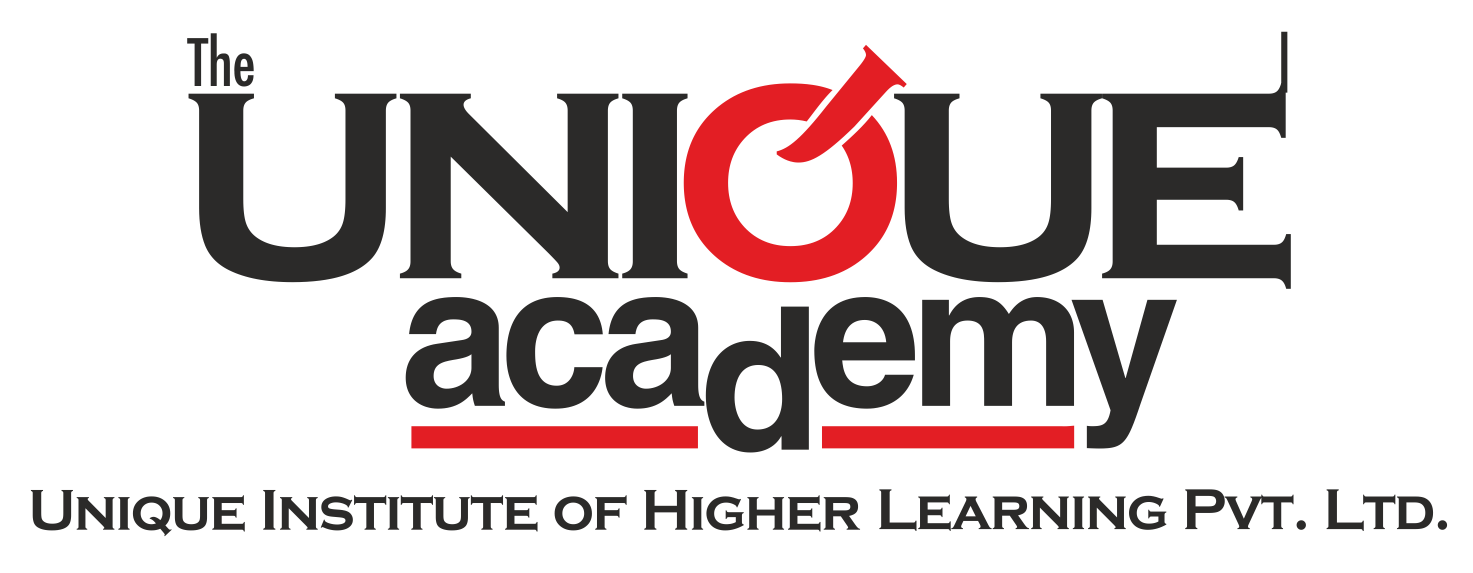
Pradhan Mantri Awas Yojna
Pradhan Mantri Awas Yojana (PMAY) is an initiative by the Government of India aimed at providing affordable housing to the urban poor. Launched in 2015, the scheme seeks to achieve the goal of "Housing for All" by 2022. PMAY operates under two main components:
- PMAY-U (Urban): This focuses on urban areas and is implemented through various verticals such as:
- In-situ Slum Redevelopment (ISSR): Utilizes land as a resource to provide houses to slum dwellers.
- Affordable Housing in Partnership (AHP): Involves partnerships with public and private sectors to provide affordable housing.
- Credit Linked Subsidy Scheme (CLSS): Provides interest subsidies on loans for buying, constructing, or enhancing houses.
- Beneficiary-led Construction (BLC): Offers assistance to individual families for constructing or enhancing their own houses.
- PMAY-G (Gramin): This focuses on rural areas and aims to provide pucca houses with basic amenities to homeless families and those living in kutcha or dilapidated houses.
Key Features of PMAY:
- Target Groups: Economically Weaker Sections (EWS), Lower Income Groups (LIG), and Middle Income Groups (MIG).
- Subsidies: Interest subsidy on home loans under the CLSS component, which makes housing loans affordable for the target groups.
- Technology Innovation: Encouragement of modern construction technologies to speed up the building process and ensure quality.
Eligibility Criteria:
- The applicant's family should not own a pucca house either in their name or in the name of any family member in any part of India.
- The family must consist of a husband, wife, and unmarried children.
- Beneficiaries should not have availed of assistance from any other housing scheme by the Government of India.
Implementation and Monitoring:
The implementation is closely monitored through the MIS (Management Information System), which tracks the progress of the scheme and ensures transparency and accountability.
Overall, PMAY aims to bridge the housing gap in India by providing affordable housing solutions, ensuring better living conditions for the urban and rural poor, and ultimately contributing to the socio-economic development of the country.
Evaluating the Pradhan Mantri Awas Yojana (PMAY) involves examining its implementation, impact, challenges, and overall effectiveness. Here are key aspects of the evaluation:
- Implementation and Progress:
- Housing Units: Since its launch in 2015, PMAY has sanctioned millions of housing units under both urban (PMAY-U) and rural (PMAY-G) schemes. The progress varies across states, with some states performing better than others.
- Funding and Subsidies: Significant government funding has been allocated to PMAY. The Credit Linked Subsidy Scheme (CLSS) has provided interest subsidies to many beneficiaries, making home loans more affordable.
- Technological Innovations: Adoption of modern construction technologies has improved the speed and quality of housing construction.
- Impact on Beneficiaries:
- Improved Living Conditions: Beneficiaries, especially those from economically weaker sections, now have access to safer and more secure housing, which has improved their overall quality of life.
- Economic Empowerment: Affordable housing has allowed beneficiaries to invest in other areas, such as education and health, contributing to their socio-economic upliftment.
- Employment Generation: The construction activities under PMAY have generated employment opportunities, boosting local economies.
- Challenges and Issues:
- Delays and Cost Overruns: Delays in project completion and cost overruns have been reported in several areas due to administrative inefficiencies, land acquisition issues, and regulatory hurdles.
- Quality of Construction: In some cases, the quality of construction has been compromised due to the use of substandard materials or lack of proper oversight.
- Beneficiary Identification: Accurate identification and selection of beneficiaries have been challenging, leading to instances where the intended recipients do not receive the benefits.
- Effectiveness of Policy Measures:
- Target Achievement: While PMAY has made significant strides towards its goal of "Housing for All," achieving the target by 2022 faced setbacks, particularly due to the COVID-19 pandemic.
- Inclusivity: Efforts to include marginalized and vulnerable groups have been made, but there is room for improvement to ensure no eligible beneficiary is left out.
- Case Studies and Success Stories:
- Best Practices: Some states have adopted innovative approaches, such as involving local communities in the construction process and leveraging state-specific policies to enhance the scheme's effectiveness.

